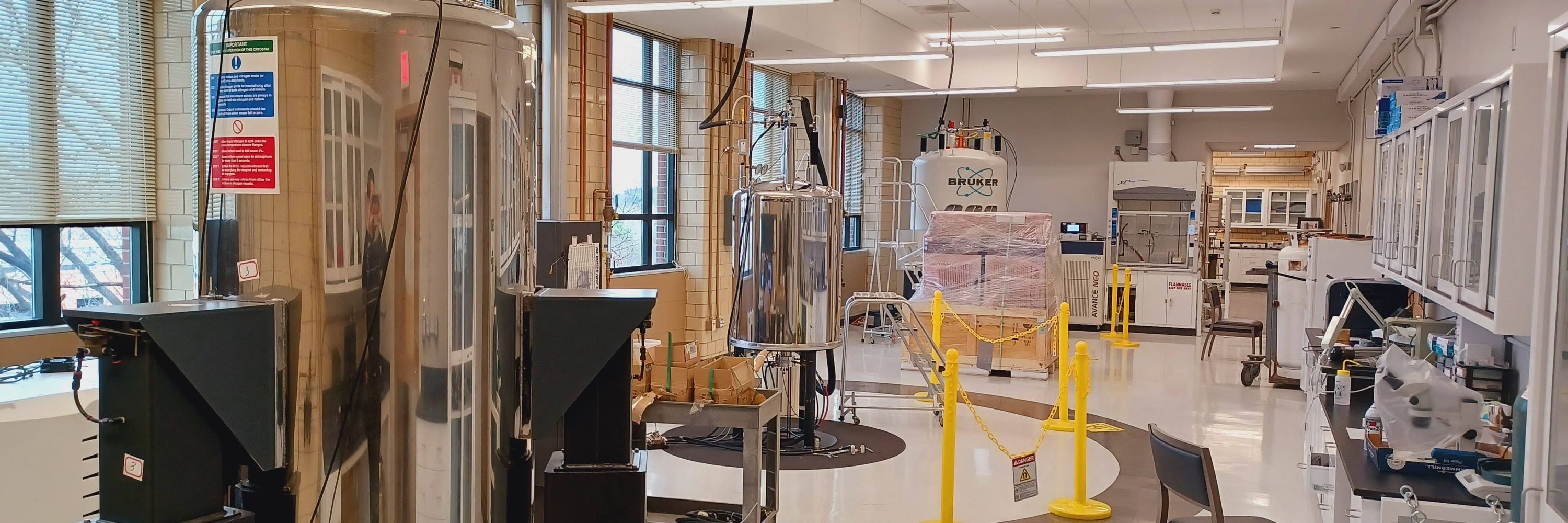
doi.org/10.1038/s414...

doi.org/10.1038/s414...
www.falconspace.org

www.falconspace.org
doi.org/10.1039/D5CC...
doi.org/10.1039/D5CC...

doi.org/10.1021/acs....
(Yes!)

doi.org/10.1021/acs....
(Yes!)
doi.org/10.1016/j.jm...
doi.org/10.1016/j.jm...
doi.org/10.1021/acs....
doi.org/10.1021/acs....
Crazy that it took so long to make block copolymers of two of the top 3 plastics. It is an interesting read if you simply want to find out why it was such a challenge (and how it was done).
doi.org/10.1021/jacs...

Crazy that it took so long to make block copolymers of two of the top 3 plastics. It is an interesting read if you simply want to find out why it was such a challenge (and how it was done).
doi.org/10.1021/jacs...
doi.org/10.1002/anie...

doi.org/10.1002/anie...
We are already routinely using this method for studies of SOMC catalysts.
doi.org/10.1016/j.jm...
We are already routinely using this method for studies of SOMC catalysts.
doi.org/10.1016/j.jm...
doi.org/10.1021/acs....

doi.org/10.1021/acs....
Apply here: uva.wd1.myworkdayjobs.com/UVAJobs/job/...
#NMRchat #chemsky

Apply here: uva.wd1.myworkdayjobs.com/UVAJobs/job/...
#NMRchat #chemsky
doi.org/10.1021/acs....
doi.org/10.1021/acs....
A great last hurrah and recollections from a brilliant spectroscopist and mentor.
doi.org/10.1016/j.pn...
A great last hurrah and recollections from a brilliant spectroscopist and mentor.
doi.org/10.1016/j.pn...
pubs.rsc.org/en/content/a...
📍@amesnatlab.bsky.social
🧪

pubs.rsc.org/en/content/a...
📍@amesnatlab.bsky.social
🧪

doi.org/10.1039/D5DT...
doi.org/10.1039/D5DT...
pubs.acs.org/doi/10.1021/...

pubs.acs.org/doi/10.1021/...
isu.wd1.myworkdayjobs.com/en-US/IowaSt...

isu.wd1.myworkdayjobs.com/en-US/IowaSt...
doi.org/10.1021/acsp...

doi.org/10.1021/acsp...
doi.org/10.1016/j.ss...
doi.org/10.1016/j.ss...

Programs and data can be found here: github.com/fperras/HEAD
doi.org/10.1021/acs....

Programs and data can be found here: github.com/fperras/HEAD
doi.org/10.1021/acs....

